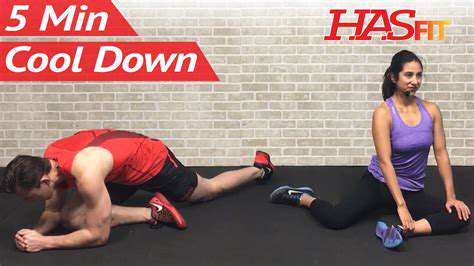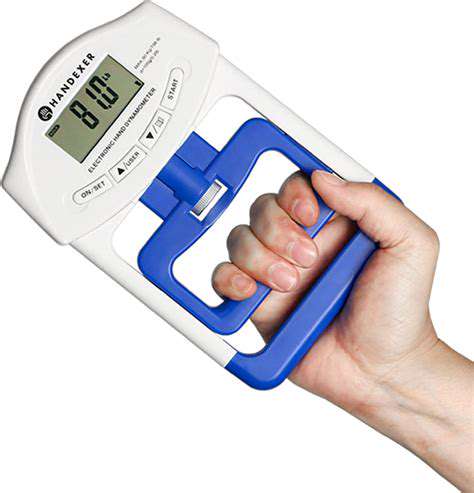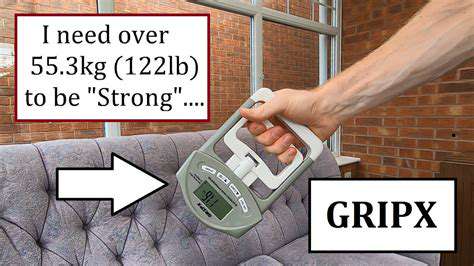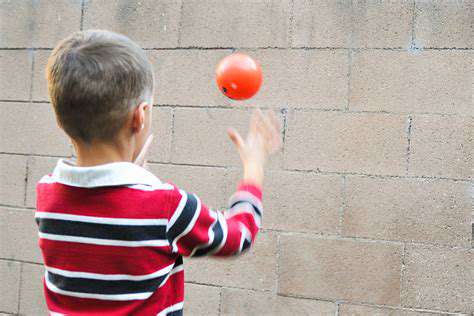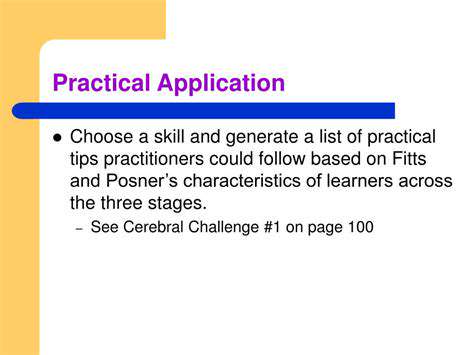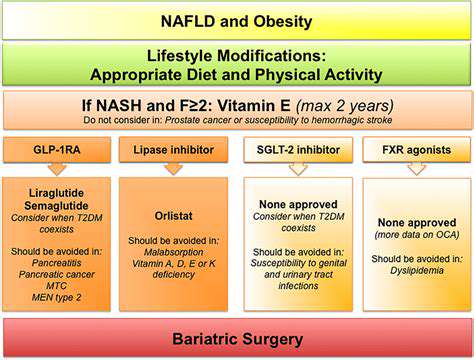Finger Coordination Drills for Precision Tasks
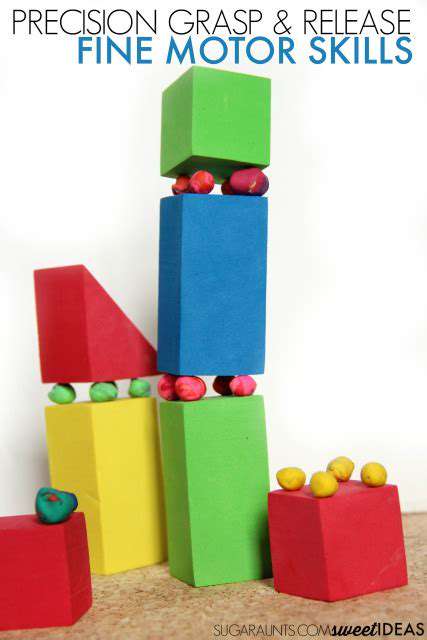
Fine Motor Skills: The Foundation for Learning
Mastering fine motor control transforms how children interact with their world. These delicate hand movements enable everything from holding a pencil to tying shoelaces. Research shows children with well-developed fine motor skills tend to perform better academically, particularly in subjects requiring handwriting or precise manipulation. The journey begins in infancy and continues through adolescence, with each stage building upon the last.
What many don't realize is how these skills connect to brain development. Neurological studies reveal that fine motor activities stimulate neural pathways crucial for problem-solving and creative thinking. When children engage their hands, they're not just building physical dexterity - they're wiring their brains for future learning. Occupational therapists emphasize this mind-body connection in their therapeutic approaches.
Activities for Enhancing Fine Motor Skills
Transform everyday moments into skill-building opportunities. Kitchen activities like peeling oranges or using cookie cutters develop grip strength and bilateral coordination. For rainy days, try threading dry pasta onto yarn or creating patterns with sticker dots. These simple exercises strengthen the intrinsic hand muscles responsible for precision movements.
Traditional crafts offer surprising benefits. Weaving friendship bracelets or folding origami requires sustained focus while developing the pincer grasp. Even tech-savvy alternatives like using tweezers to sort small objects on a tablet screen can bridge digital and physical skill development. The key lies in making practice enjoyable rather than tedious.
Importance of Age-Appropriate Activities
Developmental milestones should guide activity selection. Toddlers thrive with large peg boards, while preschoolers graduate to smaller beads. Pushing children beyond their current ability often backfires, creating frustration rather than progress. Occupational therapists recommend the just right challenge - tasks that stretch skills without overwhelming.
Watch for subtle signs of readiness. When a child masters stacking blocks, introduce interlocking bricks. After confident scissor use, offer hole punches. This graduated approach builds competence organically. Remember that children develop at individual paces - comparison helps no one.
The Role of Sensory Exploration
Tactile experiences form the bedrock of fine motor development. Finger painting with different textures (add sand or rice for variation) enhances both sensory processing and motor control. Sensory bins filled with beans, rice, or water beads provide endless opportunities for scooping, pouring, and grasping.
Don't shy away from messy play. The sensory feedback from activities like shaving cream writing or playdough sculpting creates stronger neural connections than sterile alternatives. These experiences build the sensory maps children need for precise hand movements without visual cues.
Practical Applications of Fine Motor Skills
Daily routines offer perfect practice opportunities. Fastening snaps on pajamas, opening lunch containers, or using a keychain all build real-world competence. Children take tremendous pride in mastering these grown-up skills, reinforcing their motivation to keep improving.
Academic tasks reveal the payoff of this preparation. The child who struggled to hold crayons becomes the student writing fluidly. Difficult buttoning transforms into effortless microscope adjustments in science class. These practical applications demonstrate why fine motor development deserves focused attention.
Beyond the Basics: Advanced Finger Coordination Drills
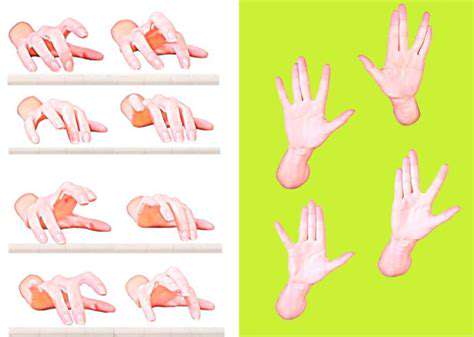
Finger Strength Training: Building Power
Strategic strength development prevents injury while enhancing performance. Contrary to popular belief, finger strength isn't just for athletes - it impacts everyone from knitters to surgeons. Start with simple isometric exercises like pressing fingertips together before progressing to resistance tools.
The secret lies in balanced development. Overemphasizing flexion without equal extension work creates muscular imbalances. Incorporate opposing movements - squeezing therapy putty followed by finger extension bands creates comprehensive conditioning.
Finger Dexterity: Enhancing Precision
Precision activities should challenge speed and accuracy simultaneously. Try transferring small objects between containers with tweezers against a timer. Musicians might practice scales with exaggerated finger lifts, while artists could experiment with micro-dot stippling techniques.
Neuroplasticity research confirms that alternating between different dexterity challenges yields better results than repetitive drills. This interleaved practice approach keeps the brain engaged while building adaptable skills.
Finger Flexibility: Maintaining Range of Motion
Modern lifestyles create surprising finger stiffness. Combat tech-induced rigidity with finger yoga - gentle stretches held for 20-30 seconds. Pay special attention to the often-neglected finger extensors. Piano players and typists particularly benefit from these routines.
Hydration affects flexibility more than most realize. Dehydrated connective tissue loses elasticity, compromising fine motor performance. Combine internal hydration with external warm-ups for optimal results.
Ergonomics and Finger Health: Preventing Injuries
Workstation setup makes or breaks finger health. Keyboard height should allow relaxed shoulders with wrists in neutral position. For handheld tools, choose designs that distribute pressure across the entire hand rather than concentrating force on specific fingers.
The 20-20-20 rule applies to fingers too: every 20 minutes, spend 20 seconds stretching and look 20 feet away. This micro-break pattern prevents cumulative strain from repetitive tasks.
The Role of Nutrition in Finger Health
Targeted nutrition supports tendon and ligament health. Omega-3s reduce inflammation in overworked joints, while vitamin C aids collagen production. Don't overlook hydration - well-lubricated joints move more smoothly.
Antioxidant-rich foods combat oxidative stress from fine motor-intensive work. Berries, dark leafy greens, and nuts provide protective compounds that keep delicate finger tissues functioning optimally.
Advanced Techniques for Specific Activities
Specialized fields require customized approaches. Surgeons might practice suturing on increasingly delicate materials, while jewelers could work with progressively smaller components. The principle remains constant: incremental challenges drive improvement.
Virtual reality now offers remarkable training options. Haptic feedback systems allow precise measurement of finger force and movement patterns, providing instant performance data for refinement.
Assessing and Monitoring Finger Health
Establish baseline measurements for grip strength, pinch strength, and range of motion. Track these metrics monthly to identify trends. Subtle declines often precede noticeable problems, making proactive monitoring essential.
Pain should never be ignored as normal. Persistent discomfort warrants professional evaluation. Many overuse injuries become chronic simply because early warning signs were dismissed.

